Many travelers ignore Portugal's small towns. When it comes to vacationing in our country, large, culture-oriented cities like Porto and Lisbon tend to get all the attention. But among all the landmarks and selfie-taking tourists, you will find countless other charming cities capable of stealing your heart! Despite its size, they have a catalog of scenarios, excellent architecture, and, of course, beautiful natural settings.
To increase your travel hunger, we bring you the 10 most beautiful small towns in Portugal! Sit back and relax, the trip will be exciting!
Aveiro
Located in the Baixo Vouga sub-region, between the Atlantic Ocean and the mountainous areas of the contiguous districts, Aveiro displays a very varied landscape, characterized by a long sandy coast, and a beautiful estuary, and several parks and gardens. Known as the “Portuguese Venice”, the charming city of Aveiro is crossed by a canal and is considered one of the most charming destinations in the country, thanks to its colorful moliceiros, the pastel-colored Art Nouveau buildings, and its peaceful atmosphere. urban – an ideal setting for your holiday.
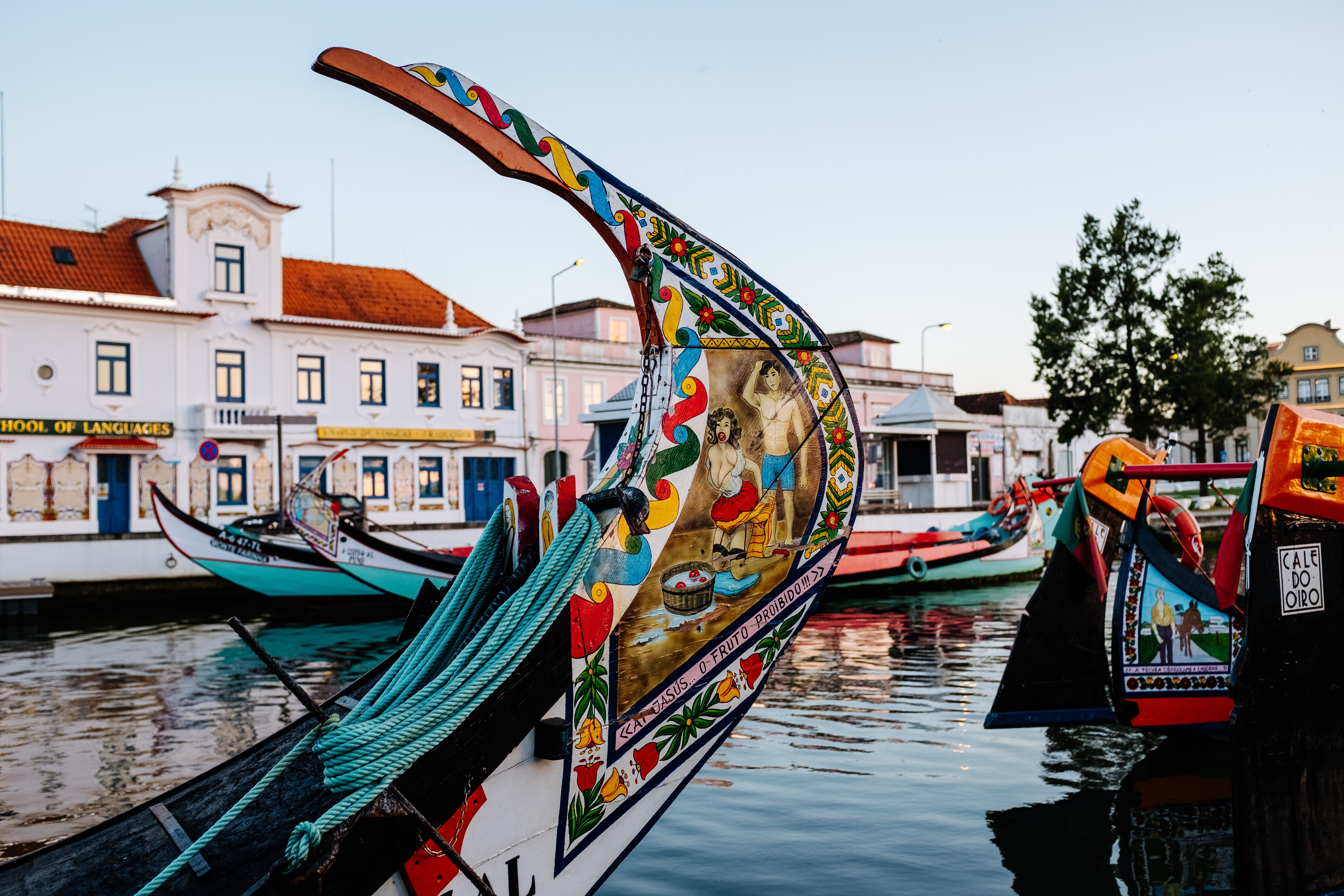
While in town, visit the famous Mercado do Peixe – a traditional market that houses some of the best seafood restaurants in Aveiro. In the surroundings, you will find numerous restaurants and a wide range of shops and bars. Choose one of the traditional cafes as you stroll through the city and taste the divine soft eggs, which are the district's specialty. You can also take a bike ride on the so-called BUGAS (the bicycles provided by the council), tour the city's sparkling canal, and the picturesque alleys, and explore some of the attractions further away from the center.
Amarante
Amarante is a pleasant city in the North of Portugal, the seat of the county, considered one of the most beautiful in the country, bathed by the peaceful and beautiful river Tâmega. A region occupied by man since prehistoric times, Amarante from an early age offered fertile soils, a fresh river, and verdant landscapes of great beauty. It was with the arrival of São Gonçalo, born in Tagilde, Guimarães, that Amarante gained greater importance.
The traditional streets of Amarante, with constructions in materials from the region such as granite, breathe history and heritage, offering unique places, and monuments worthy of records such as the wonderful Convent and Church of São Gonçalo, the beautiful imposing Bridge, the Churches of São Pedro and São Domingos, the beautiful Solar dos Magalhães or Casa da Cerca.
Angra do Heroísmo
The charming capital of the beautiful Terceira Island, Angra do Heroísmo, has been classified as a World Heritage Site by UNESCO since 1983, full of beauty, history, monuments, cosmopolitanism, and an atmosphere of its own. Located south of Terceira Island in a small and beautiful bay, Angra has a lot to tell. This was the first city of the Azores Archipelago, elevated in 1534, already a very important and influential locality at the time, a great point of commerce and exchange, and a mandatory stopover on transcontinental crossings, in search of the “New Worlds”.
.jpg?width=1800&name=ezgif.com-gif-maker%20(8).jpg)
Its beautiful and typical streets are a reflection of years of history, influenced by the various inhabitants from different regions, and by the many visitors and traders who fell in love with such an important point of commerce and exchange, full of beauty. Its wealth is also evident in the monuments, with several manor houses and palaces in Angra, such as the Bettencourt Palace, the Capitães Generais Palace, and the Madre de Deus Solar, among many others.
Funchal
Capital of Madeira Island, Funchal is a city that deserves to be visited not only for its regional beauties and warm residents who love to receive tourists but mainly for being the ideal place to start your visit to the region.
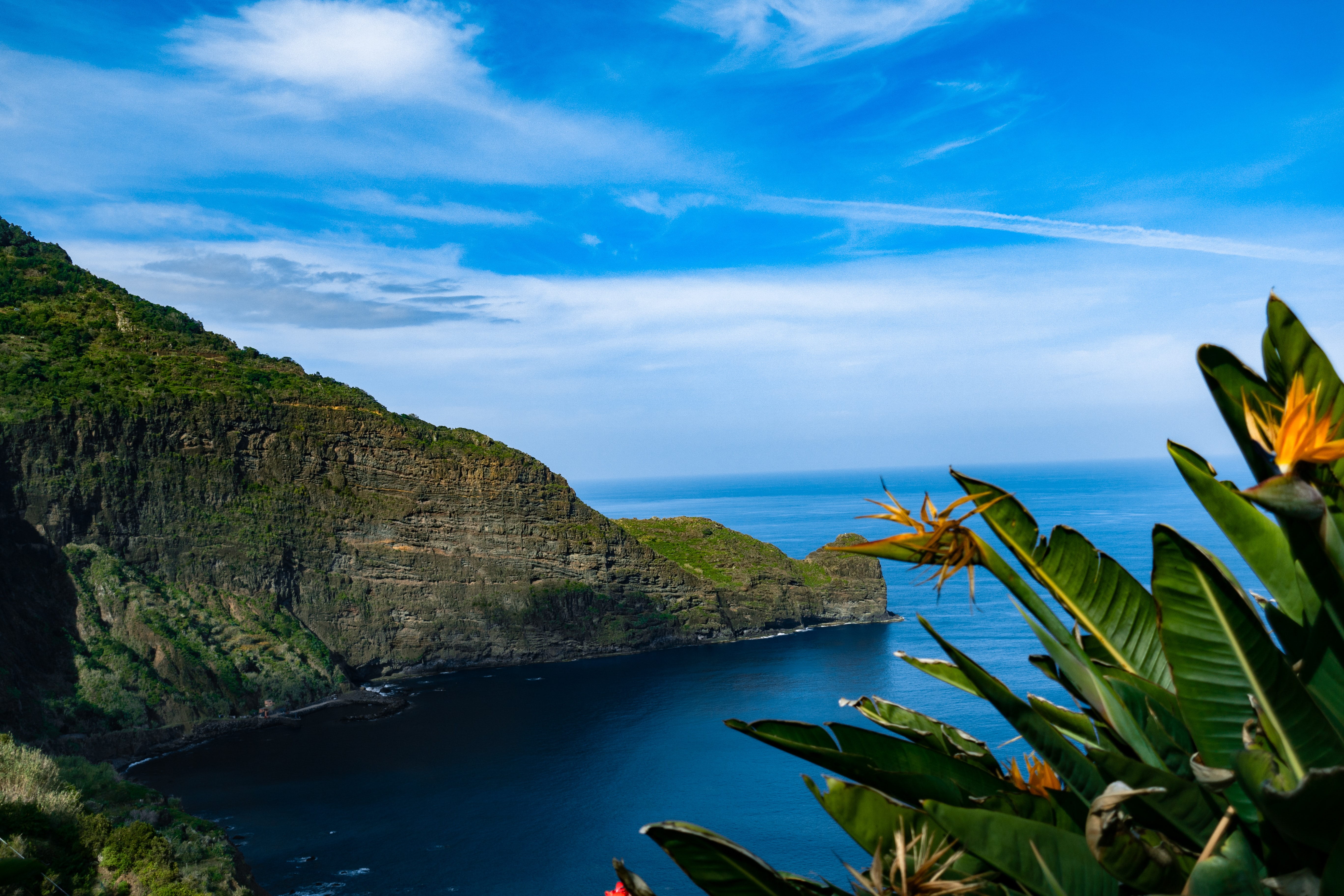
For those who can't do without a walk in the middle of nature, Ponta do São Lourenço is a great starting point to start this adventure. In addition to taking a tour through a region that has one of the most incredible views in Europe, the traveler can contemplate the landscape and the sunrise from Miradouro da Ponta do Rosto, one of the mandatory stops for anyone visiting this island.
Anyone who arrives in Funchal quickly falls in love with the local nature and, of course, all the gardens. Jardins do Palheiro is among the most famous for its location – on the hills – and for the wide variety of plants.
Coimbra
One of the most beautiful cities in Portugal, Coimbra is well known for the renowned University of Coimbra – the oldest in Portugal and one of the oldest in all of Europe -, which gives the place a very university atmosphere. But it's not just students who seek out the region, no! Its privileged location, close to the sea and the mountains, added to its quality of life makes the city one of the most sought-after cities in Portugal.
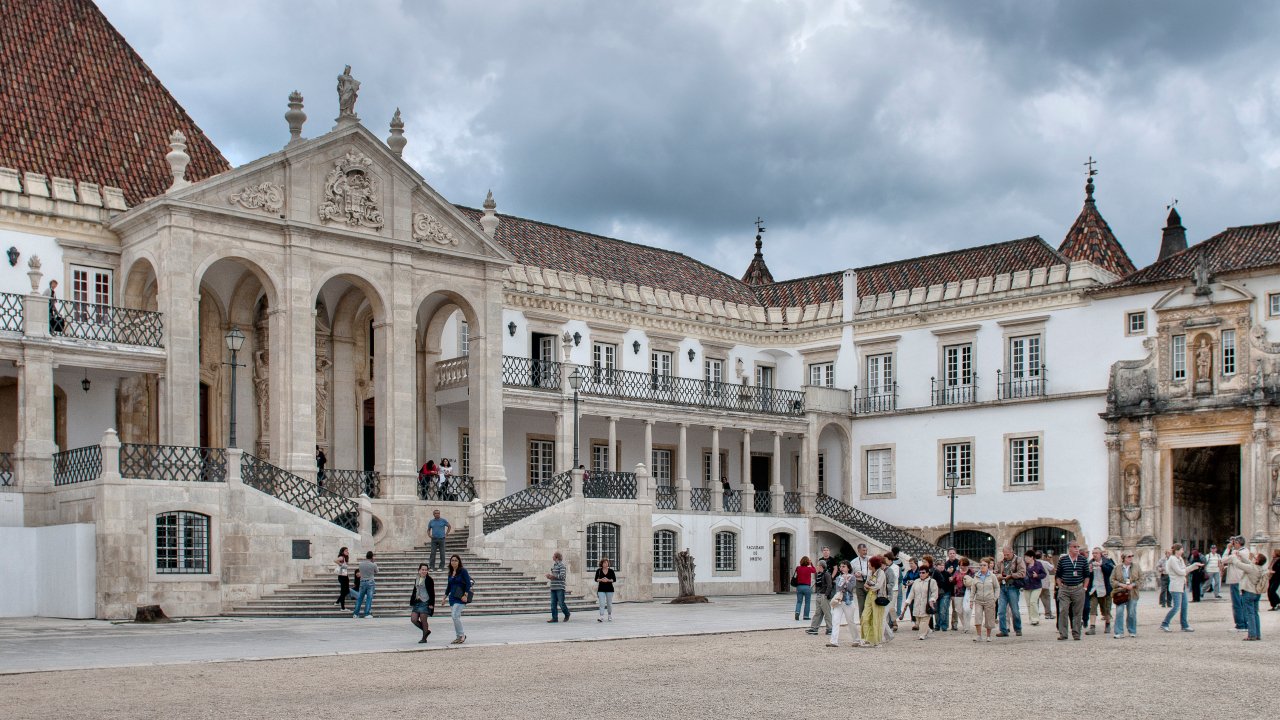
Of course, the tour doesn't leave out the university; visitors to the campus and on-site facilities will be delighted by the students dressed in their traditional black capes. And since the subject is historical points of the city, walking through Baixa – as the historic part of Coimbra is known – and its narrow streets, full of old mansions, is one of the things that tourists cannot miss. In addition to being a great place to buy good wines and handicrafts, it is also an option to taste regional cuisine and understand a little more about Portuguese culture.
-2.jpg?width=1920&name=image%20(2)-2.jpg)
The Schist Villages, a network of 27 villages, are an attraction that cannot be left out of the itinerary. The first thing the traveler should know before venturing out is: to reach the villages you need a car or a motorcycle; as they are small and located close to each other, in a few days it is possible to visit them and feel what life was like a few centuries ago. These treasures, full of history and tradition, can be found in Serra da Lousã – just 40 km from Coimbra -, Serra da Freita, Serra da Estrela and Serra do Açor.
Évora
Évora owes its original name Ebora to the Celts and is one of the most beautifully historic cities in the world. The Romans built their glorious temple in honor of Emperor Augustus and the Portuguese nobility had imposing palaces, chapels, convents, churches, and the majestic Gothic cathedral built. Remains from different eras and civilizations remain practically intact in a city where people stroll along medieval cobbled streets. Wide arcades give way to picturesque squares, where craft shops and modern designer boutiques can be found.
Guimarães
A mixture of tradition and modernity: this is how Guimarães can be summed up, known as the birthplace of Portugal, as it was where the country's first king was born. Despite being a small city, it is full of churches, monuments, museums, squares, medieval streets, and tours for tourists, which makes the destination highly sought after by all visitors.
The cobblestone streets, tiles, Gothic buildings, and traditional houses make tourists travel through history. For those who want to enjoy a few days of rest in the region, but do not miss out, visit the Pavilhão Multiusos, a place where shows, concerts, and popular demonstrations take place or enjoy the end of the day in a square, who knows going on a festival with artists from the region. For tourists who like adventure, it is possible to practice abseiling, trekking or, simply, take a cable car ride on the Penha Mountain.
Óbidos
Imagine a medieval city? This is Óbidos. The historic center, surrounded by the walls, is full of charm and, for sure, this is one of the reasons that attracts so many travelers to the region. Whether in spring, summer, autumn, or winter, strolling through the ancient streets of the region is a unique experience at any time of year, as it is like traveling back in time and getting to know a little more about what life was like in ancient Portuguese civilizations. The Óbidos Castle, built in the 13th century, is the city's main tourist attraction. Currently, the place has become one of the most luxurious inns in the country and aims to make its guests have the experience of living a true night of king and queen.
Sintra
Although they are the best-known cities in Portugal, the country's charms go far beyond Lisbon and Porto, so tourists need to venture out to discover some of the treasures of Portuguese lands, such as Sintra. The city is filled with a lot of history, architectural monuments, and natural beauties, so much so that it is considered a World Heritage Site by Unesco.
The Pena National Palace built on top of the Serra de Sintra is an example of Portuguese romantic architecture. As the region is visited at different times of the year, the tip is to avoid this tour on rainy days, since the palace is located in an upper part of the city, so strong winds and rain can harm visitors.
Viana do Castelo
Viana do Castelo is one of the most beautiful cities in northern Portugal. Its participation in the Portuguese Discoveries and, later, in cod fishing shows its traditional connection to the sea. Viana do Castelo is quickly accessible from Porto, or Valença for those coming from Spain. From Monte de Santa Luzia you can see the privileged geographical situation of the city, next to the sea and the mouth of the river Lima. This breathtaking view and the Temple of the Sacred Heart of Jesus, a revivalist building by Ventura Terra, from 1898, can be the starting point for visiting the city.
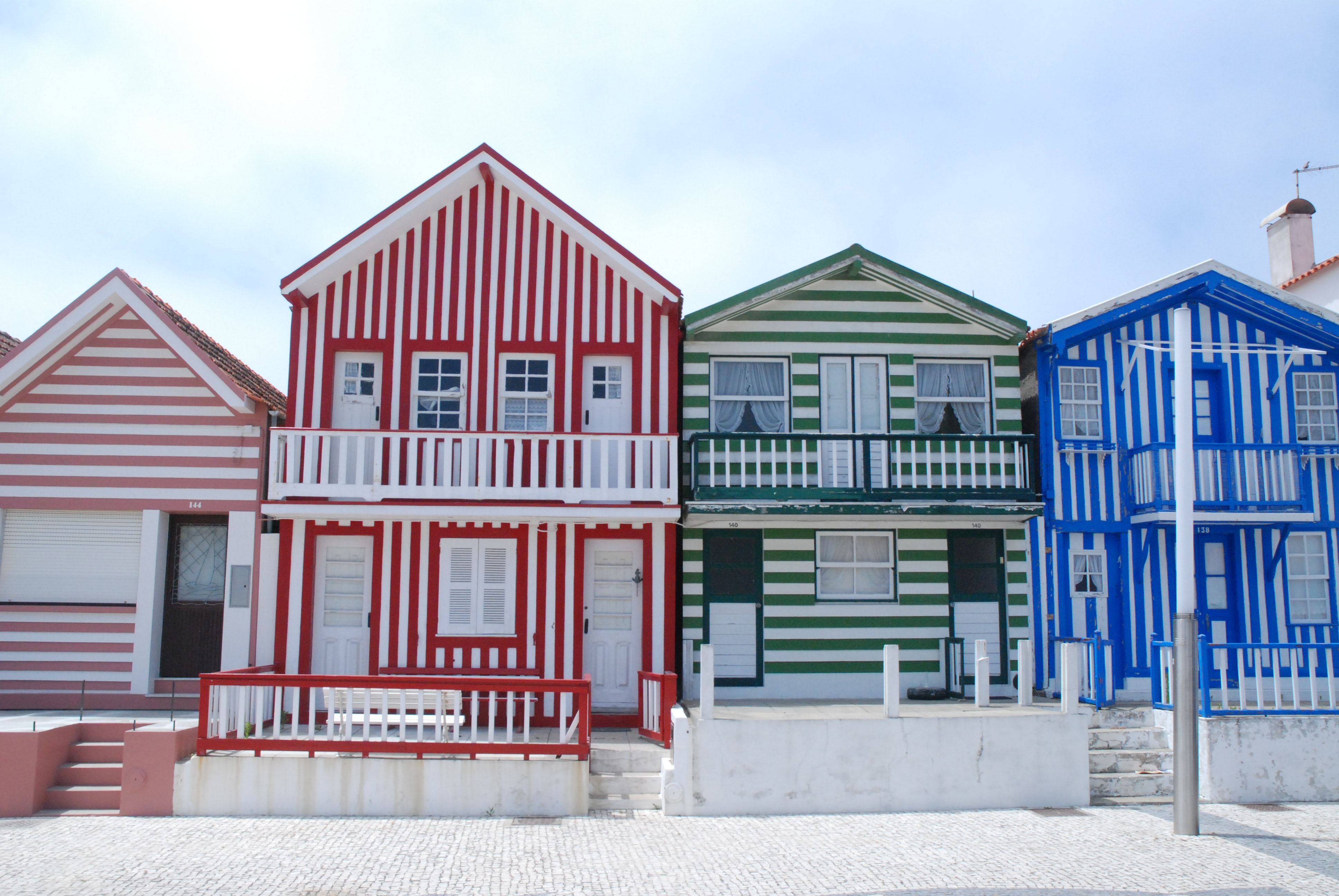

.jpg?width=4814&name=ricardo-resende-swivynstICo-unsplash%20(2).jpg)
.jpg?width=3543&name=Amarante-Ponte_sobre_o_T%C3%A2mega_(1).jpg)

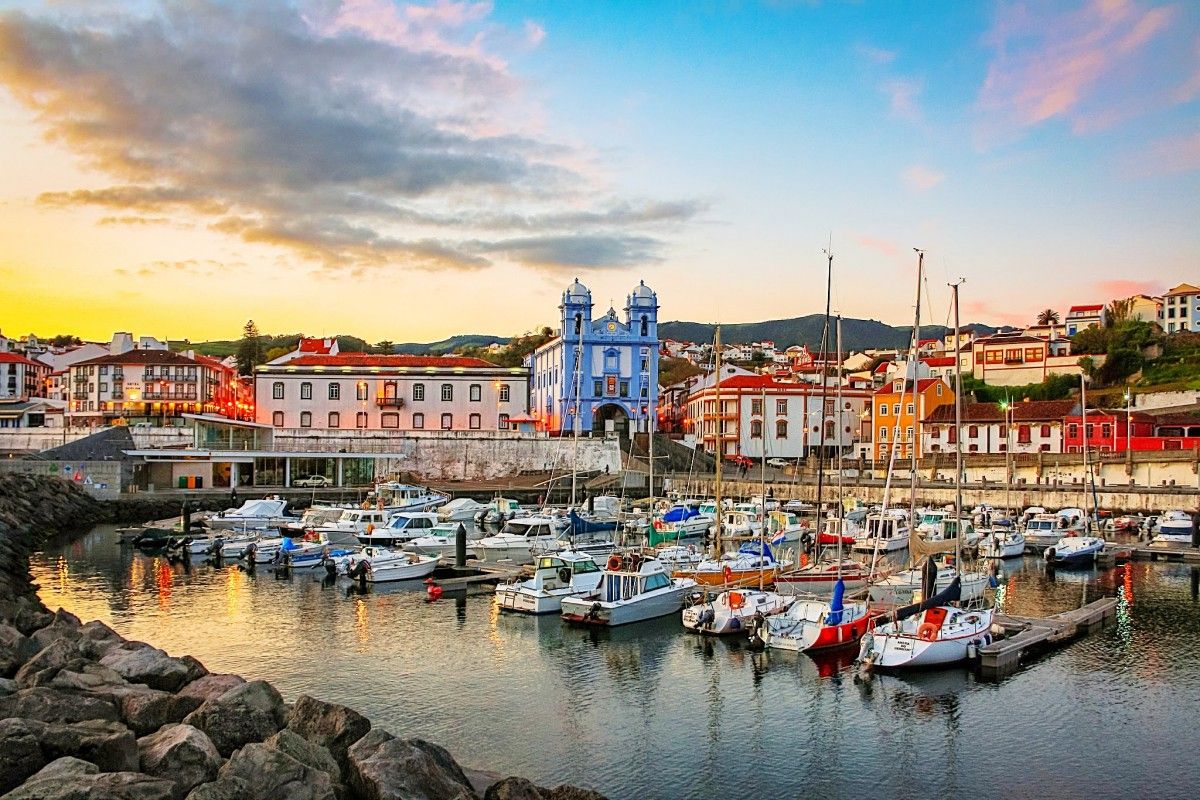
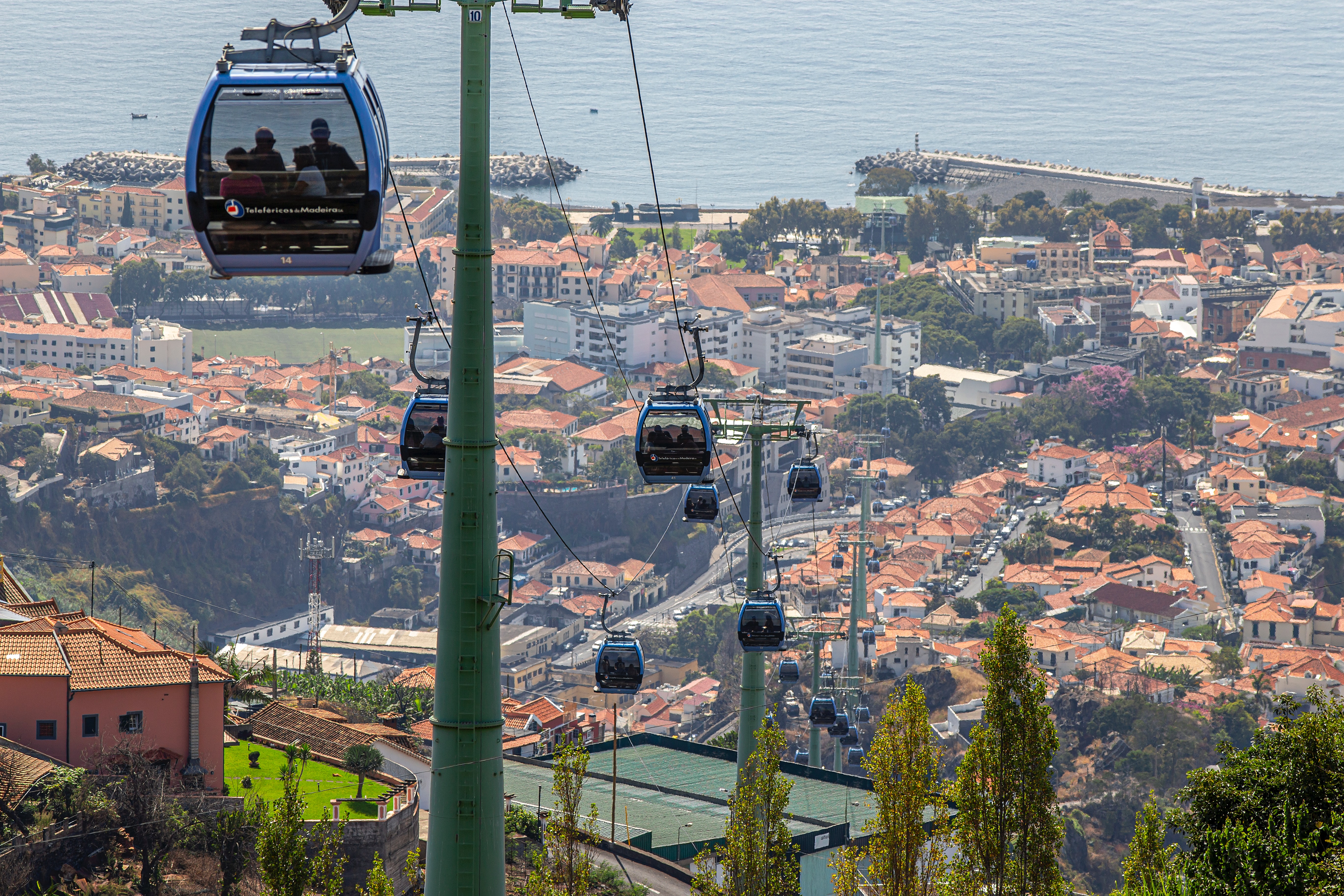

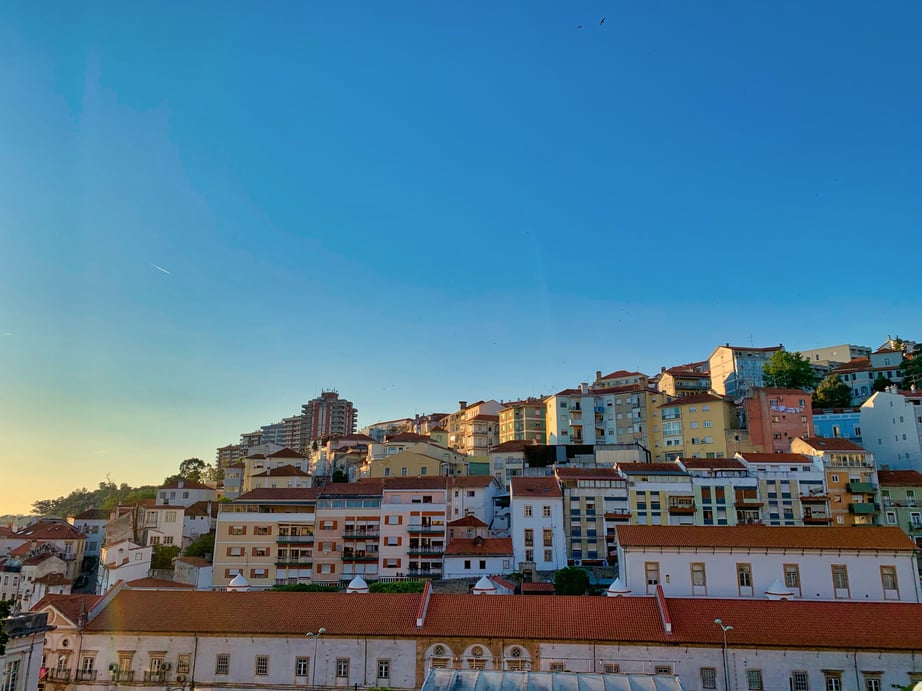
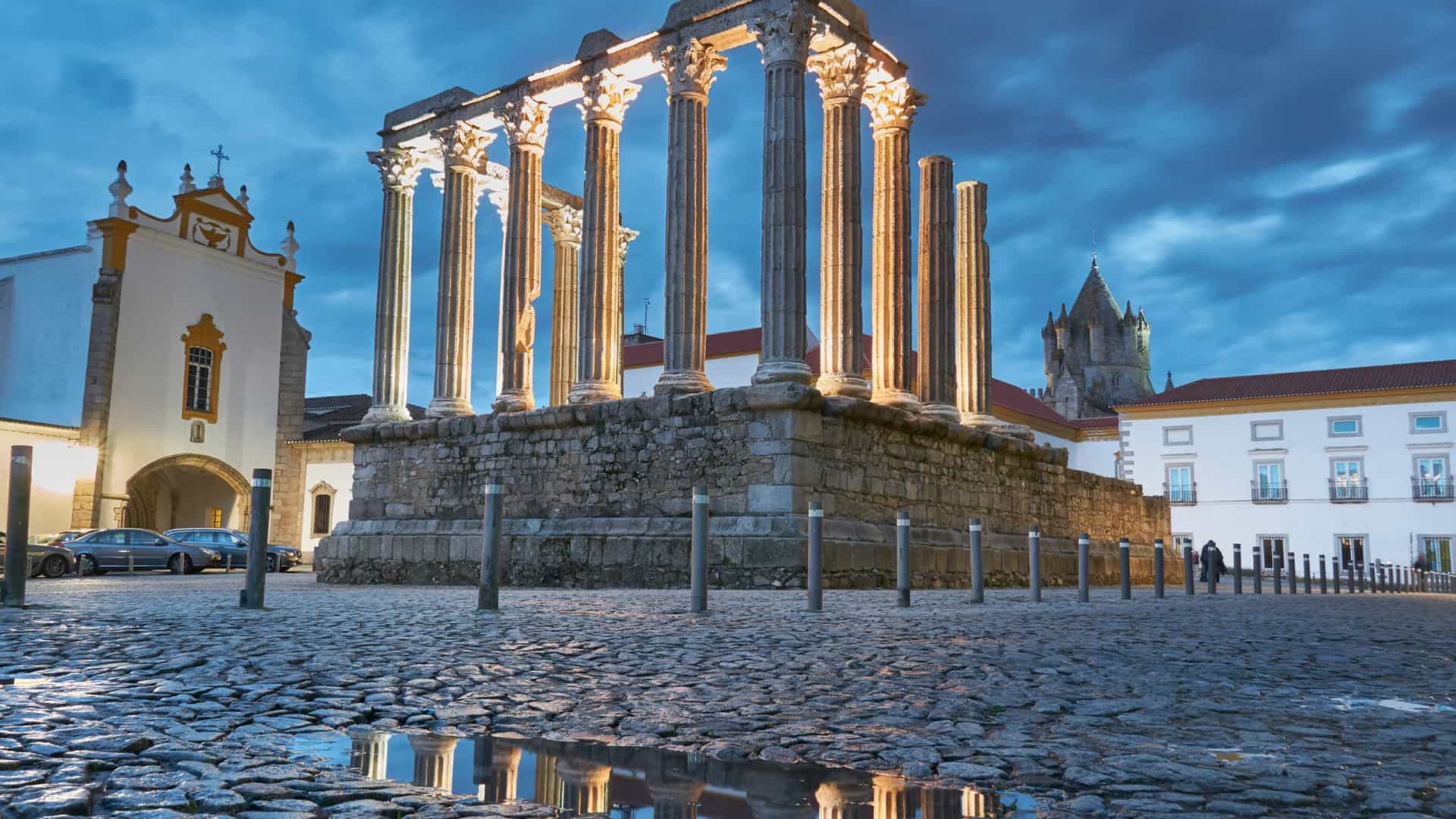
.jpg?width=5204&name=bruno-martins-xBS433P-vt0-unsplash%20(1).jpg)
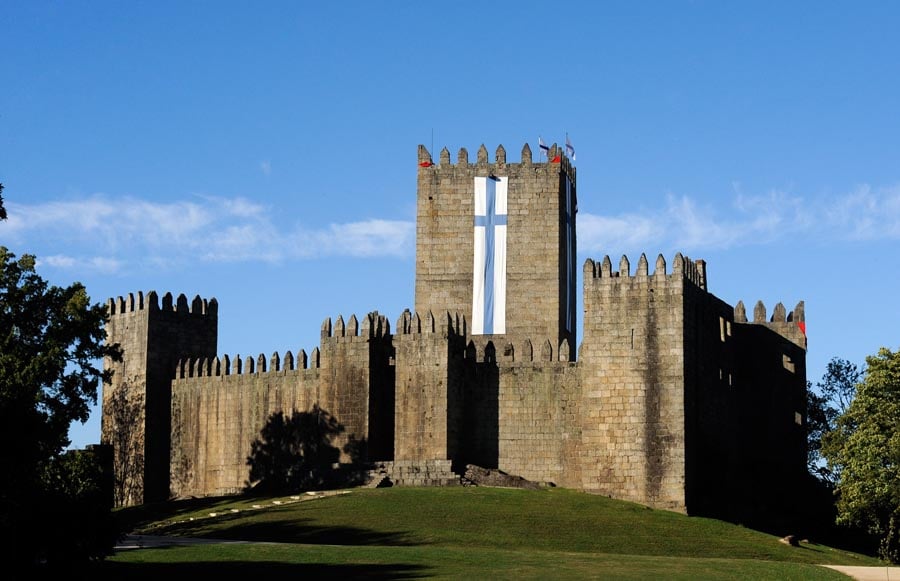
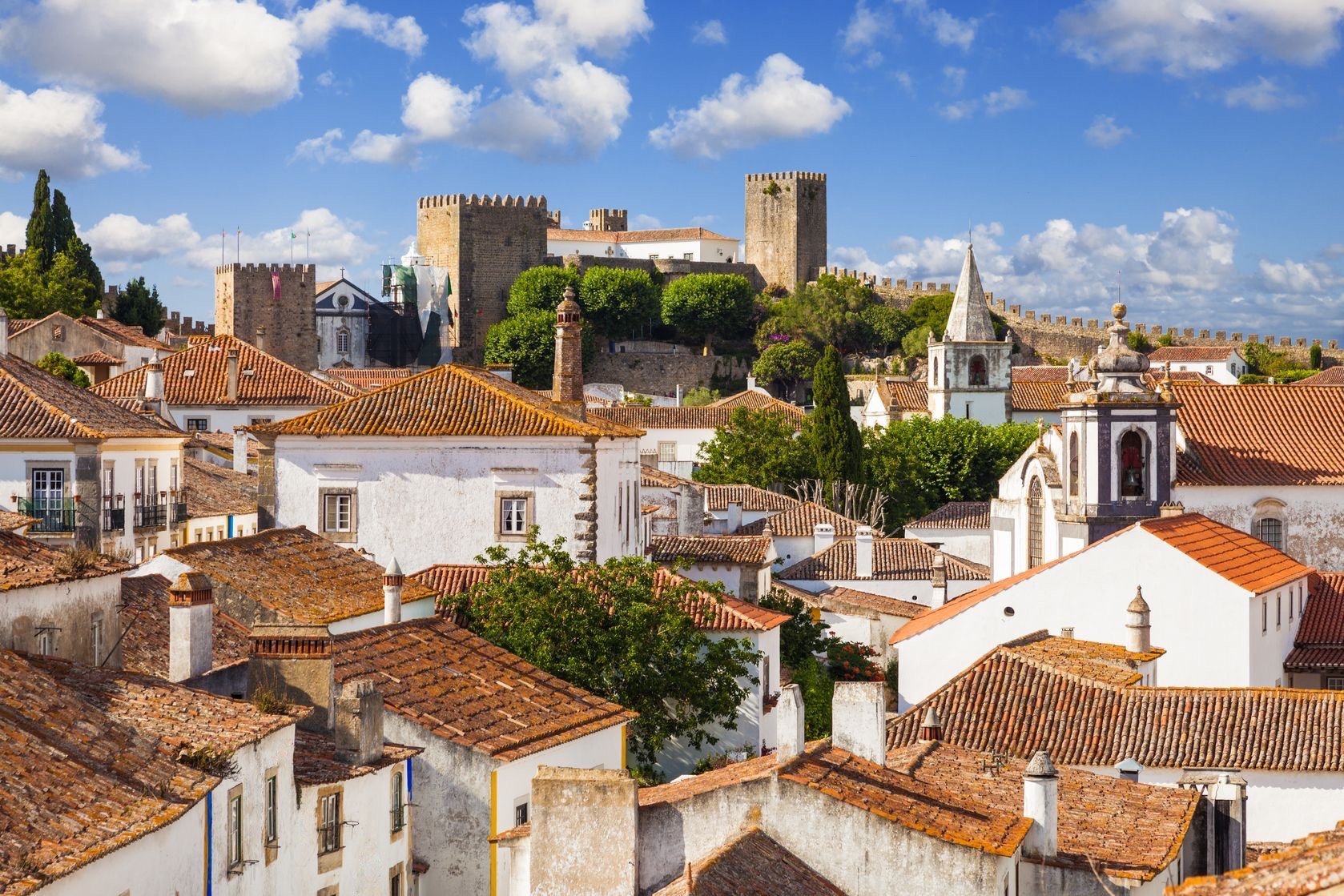
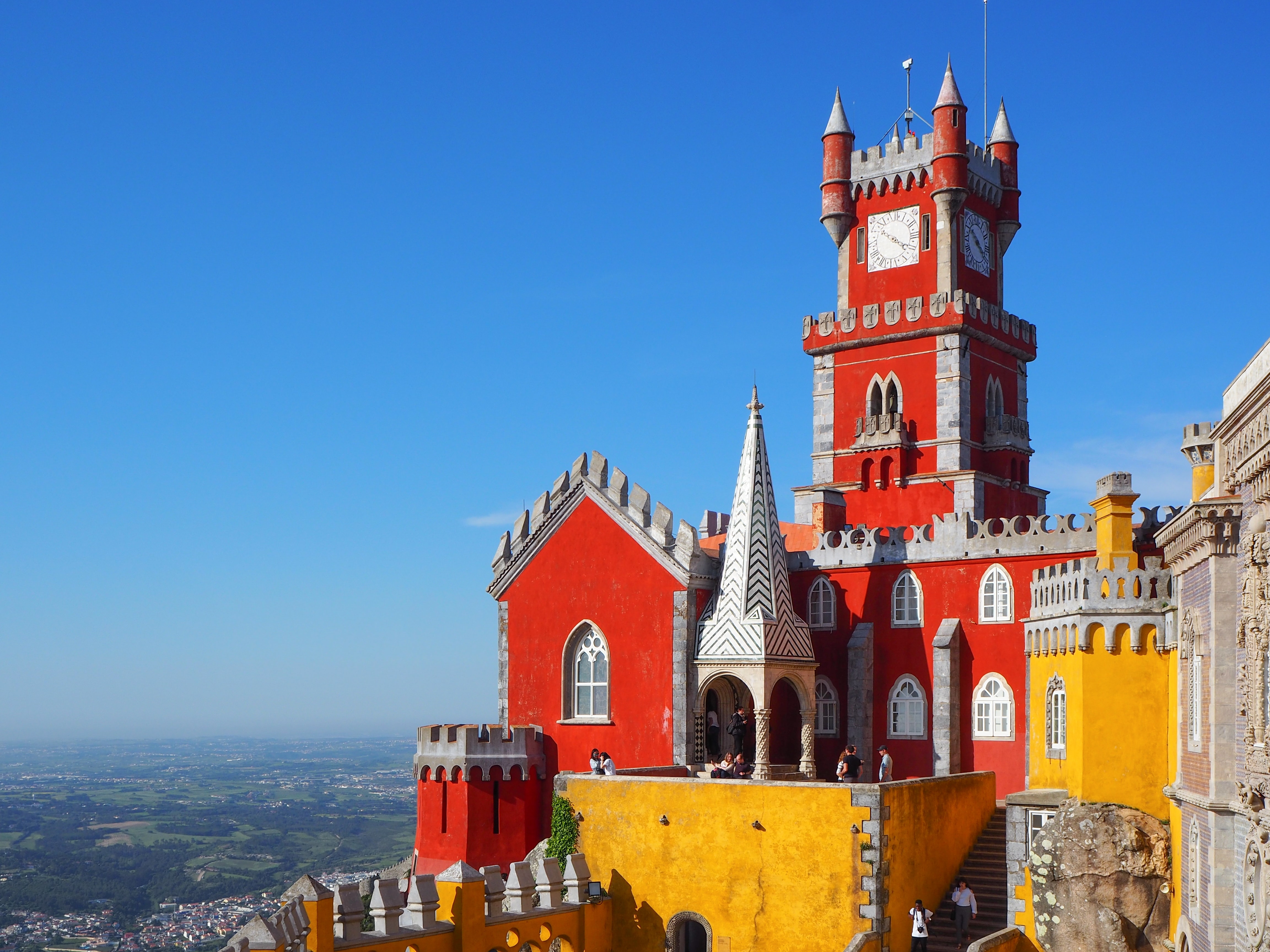
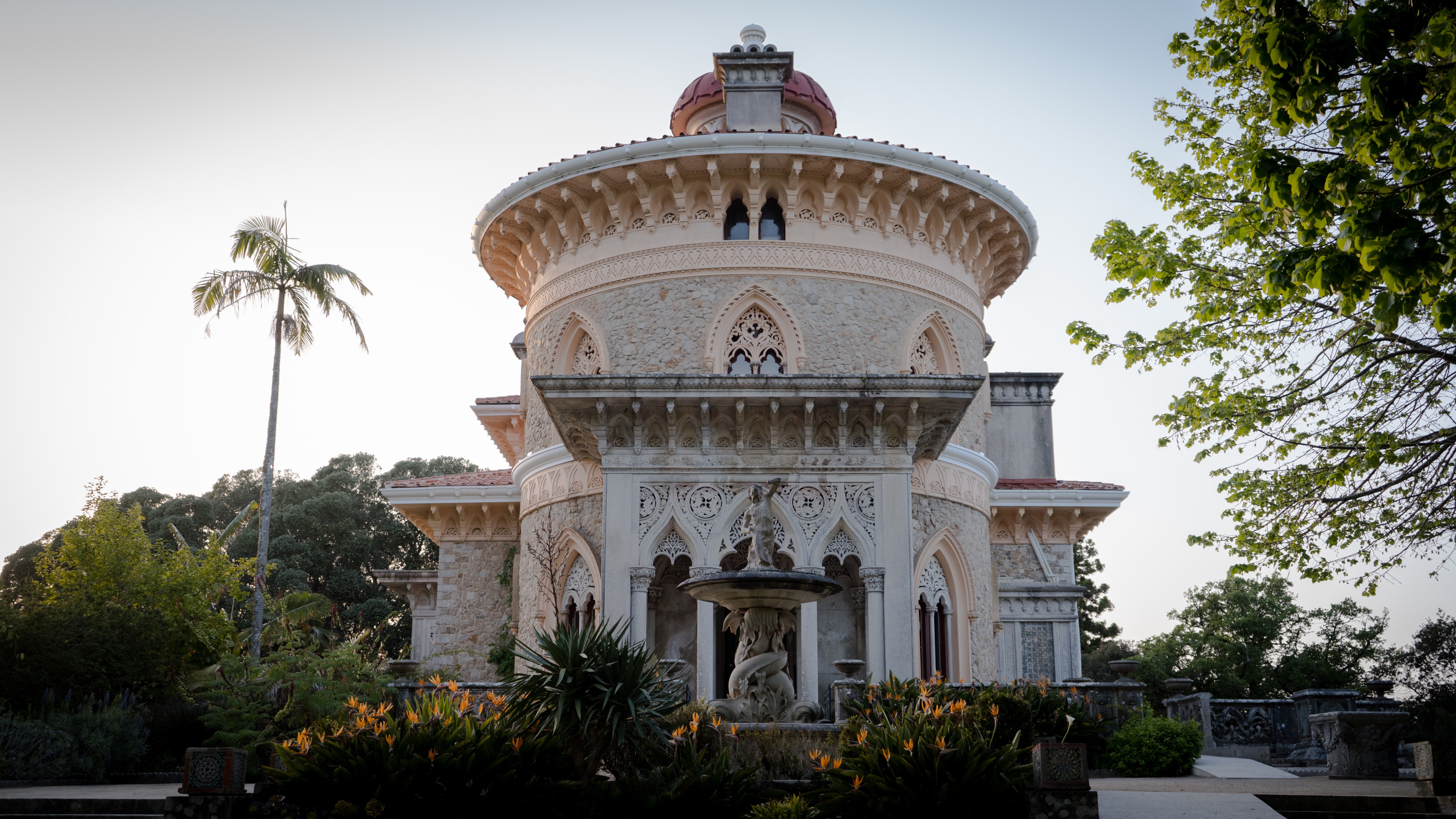
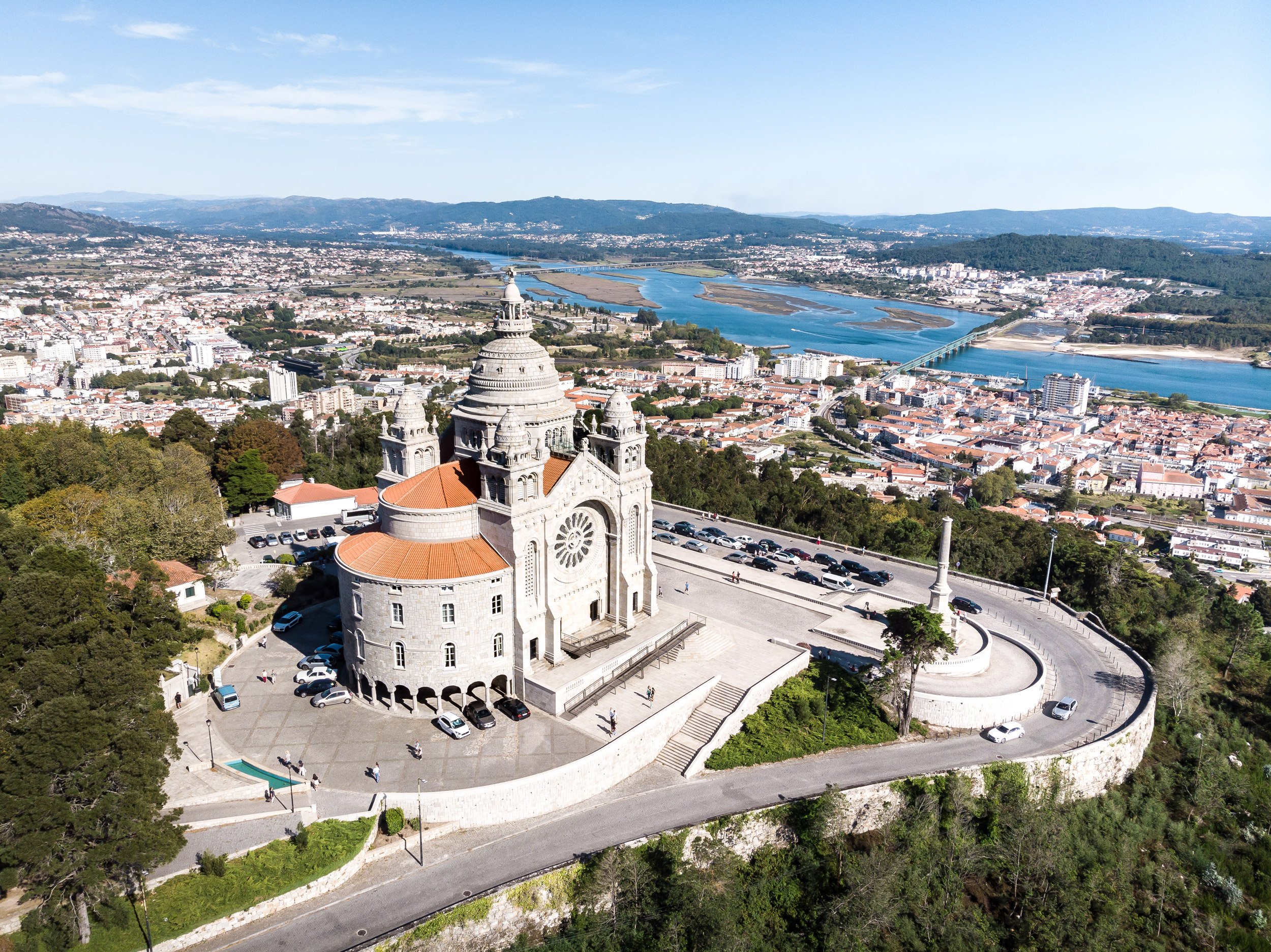


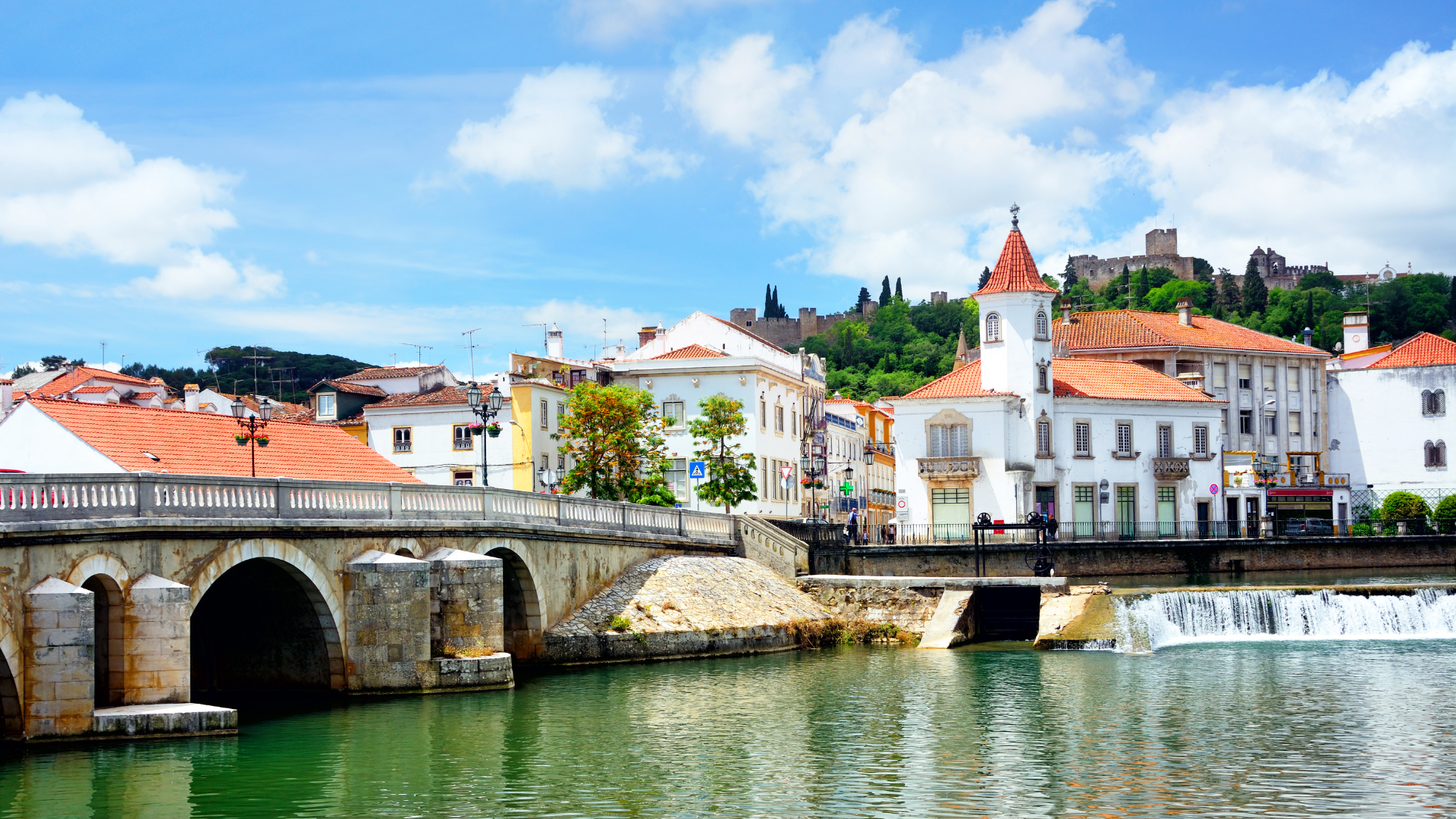
.jpg)




